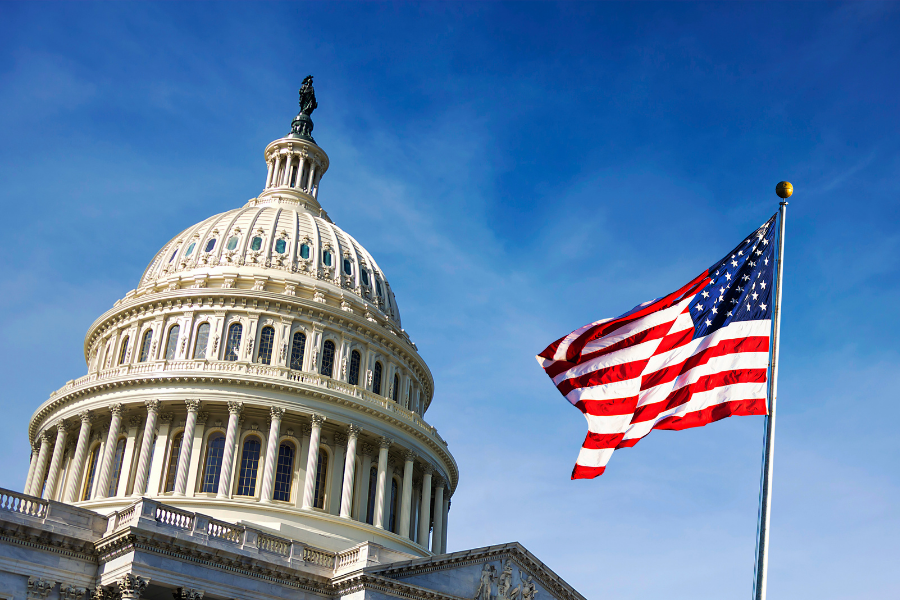With the next presidential inauguration coming up, the new administration will need to respond to behavioral health issues that have been exacerbated by and increasing in nature due to the ongoing COVID-19 pandemic. This month, we take a look at how disability policy could shift under a new administration and the influence it will have on the behavioral health sector.
A Proposed Blueprint
Even ahead of the election, the new administration focused on the impact of coronavirus on nursing homes, long-term care facilities and caregivers. The campaign shared specific proposed policy plans aimed at protecting both residents and workers in nursing homes and long-term care facilities, which include a focus on increasing oversight, testing, and fines. The blueprint for improving response measures during the pandemic also put a strong emphasis on home- and community-based services (HCBS), saying:
“…a Biden-Harris Administration will also work to end the institutional bias in the Medicaid program by expanding access to home and community based services, affirm the commitment to people with disabilities and seniors to be able to self-direct services, work with Congress to secure permanent reauthorization of and invest in the Money Follows the Person (MFP) program, and fully implement the HCBS Final Rule.”
Prospective Commitments
The new administration’s commitment to increasing caregiver support and expanding access to HCBS is described in more detail within the Plan for Mobilizing American Talent and Heart to Create a 21st Century Caregiving and Education Workforce. In it, the administration outlines the following steps to ensure more elderly people and individuals with I/DD have access to long-term care in home- and community-based settings:
- Expanding access to services for long-term services and supports (LTSS) in settings that are local to the individual requiring care;
- Eliminating the current Medicaid waitlist for HCBS, which has left approximately 800,000 people unable to access care for months or years; and
- Establishing a new fund for states that enables them to create and implement new direct-care services.
The plan also includes policies aimed at supporting both formal and informal caregivers, as well as education and employment for individuals with disabilities. The team has committed to $775 billion in funding, spread out over 10 years.
Key Steps
Disability advocates and activists are hopeful these proposed changes will come to fruition as the new administration takes office. To hold the campaign accountable, the National Disability Rights Network has publicly advocated for the incoming President to include individuals with disabilities to the transition team and cabinet.
While the administration’s ambitious plan could significantly improve disability policy in the U.S., the rollout will not likely come all at once. Although staffing and appointments that include people with disabilities is a good start, additional steps recommended by advocates include:
- Decreasing infection rates by providing increased funding for and access to PPE, higher pay for care workers in high-risk settings and enforcing oversight for institutional settings.
- Reducing exposure in congregate care settings by allowing more people access to HCBS and prioritizing vaccinations for individuals with disabilities and chronic conditions (and those who care for them).
- Reversing policies that harm people with disabilities, which includes securing funding for SSI and SSDI, allowing immigrants with disabilities access to permanent residency, and eliminating imposed workforce requirements for Medicaid recipients.
- Focusing on quality of life policies for the disability community, such as affordable health insurance, greater security for employment wages and benefits, and legally mandated funding and access for HCBS.

